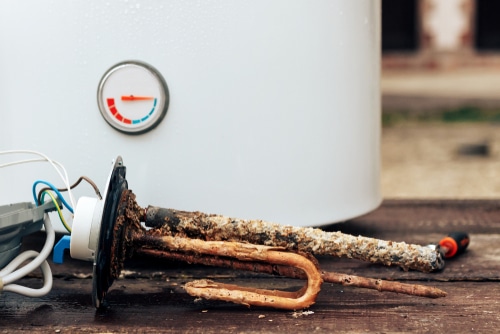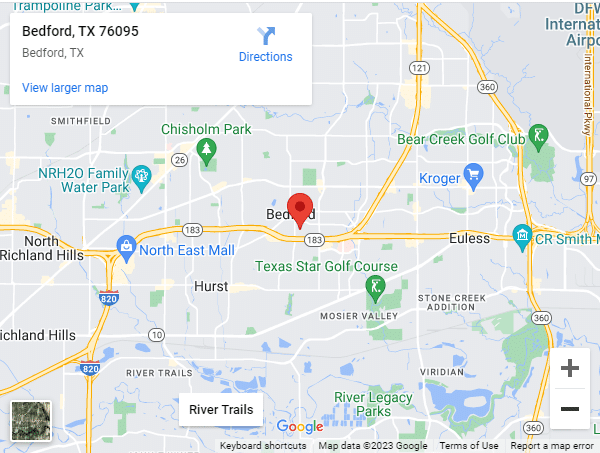Living in Bedford, TX, we all know the importance of a good, hot shower to start the day or a warm bath to end it. Yet, the unsung hero making these simple pleasures possible—our water heater—often goes unnoticed until it’s too late. It’s easy to take this essential household appliance for granted, but with a bit of routine care and attention, you can prolong its life, ensure its efficiency, and prevent any unexpected cold showers.
So, let’s dive into some straightforward water heater maintenance tips that every homeowner should know. From understanding the basic components of your water heater, to learning the signs of potential problems, we’ve got you covered. After all, a well-maintained water heater is key to a comfortable, hassle-free home.
Water Heater Maintenance Tips for Homeowners
1. Annual Inspection and Flushing
One of the most critical maintenance tasks for water heaters is an annual inspection and flushing. Over time, sediment can build up within the tank, reducing heating efficiency and potentially causing damage to the unit. Flushing your water heater annually can help prevent this buildup and maintain the heater’s performance.
During an annual inspection, a professional plumber will drain the water from your tank to remove any sediment. They will also check for signs of corrosion, leaks, and damage to the unit. By addressing these issues early, you can prevent more extensive and costly repairs down the line.
2. Testing the Pressure Relief Valve
The pressure relief valve is a crucial safety feature of your water heater, preventing excessively high pressure from building up within the tank. As part of your water heater maintenance, it’s essential to test the pressure relief valve periodically to ensure it’s working correctly. Should the valve malfunction, the pressure within the tank could reach unsafe levels, leading to potential hazards.
To test the pressure relief valve, first, turn off the power supply to the water heater and shut off the cold water intake valve. Carefully lift the valve’s lever and release it, making sure water flows smoothly through the valve when activated. If water does not flow through the valve or if the valve is corroded or damaged, it’s time to call a professional plumber for a replacement.
3. Checking the Anode Rod
The anode rod is a crucial component of your water heater designed to reduce corrosion within the tank. Made of either aluminum, magnesium, or zinc alloy, the anode rod will gradually deteriorate over time, attracting corrosive elements that may otherwise damage your water heater.
Regularly inspecting your anode rod can prevent corrosion within the tank, and prolong the lifecycle of your water heater. Ideally, anode rods should be checked every three years. If you discover the anode rod has been worn down significantly, it’s time to replace it.
4. Adjusting the Temperature
Adjusting your water heater’s temperature can not only extend the life of your unit, but also help reduce your energy bills. By lowering the temperature setting on your water heater to around 120 degrees Fahrenheit, you can significantly reduce energy consumption and minimize the risk of scalding accidents.
With a tankless water heater, adjusting the temperature is as simple as turning a dial. For traditional storage tank water heaters, the temperature adjustment process may vary slightly. Consult your user manual or reach out to a professional plumber for guidance on adjusting your unit’s temperature settings.
Water Heater Wellness: Maintenance Tips for Bedford Homes
Regular professional servicing is essential to spot any hidden issues and to ensure your water heater is functioning at its optimal capacity. So, if you’re unsure about any aspect of water heater maintenance, don’t hesitate to seek professional advice.
Remember to work with a professional plumber when it comes to water heater maintenance in Bedford, TX. Our team at Professor Pipes Plumbing & Backflow is here to assist you with all your water heater needs, providing expert advice and top-quality service for your home.



















